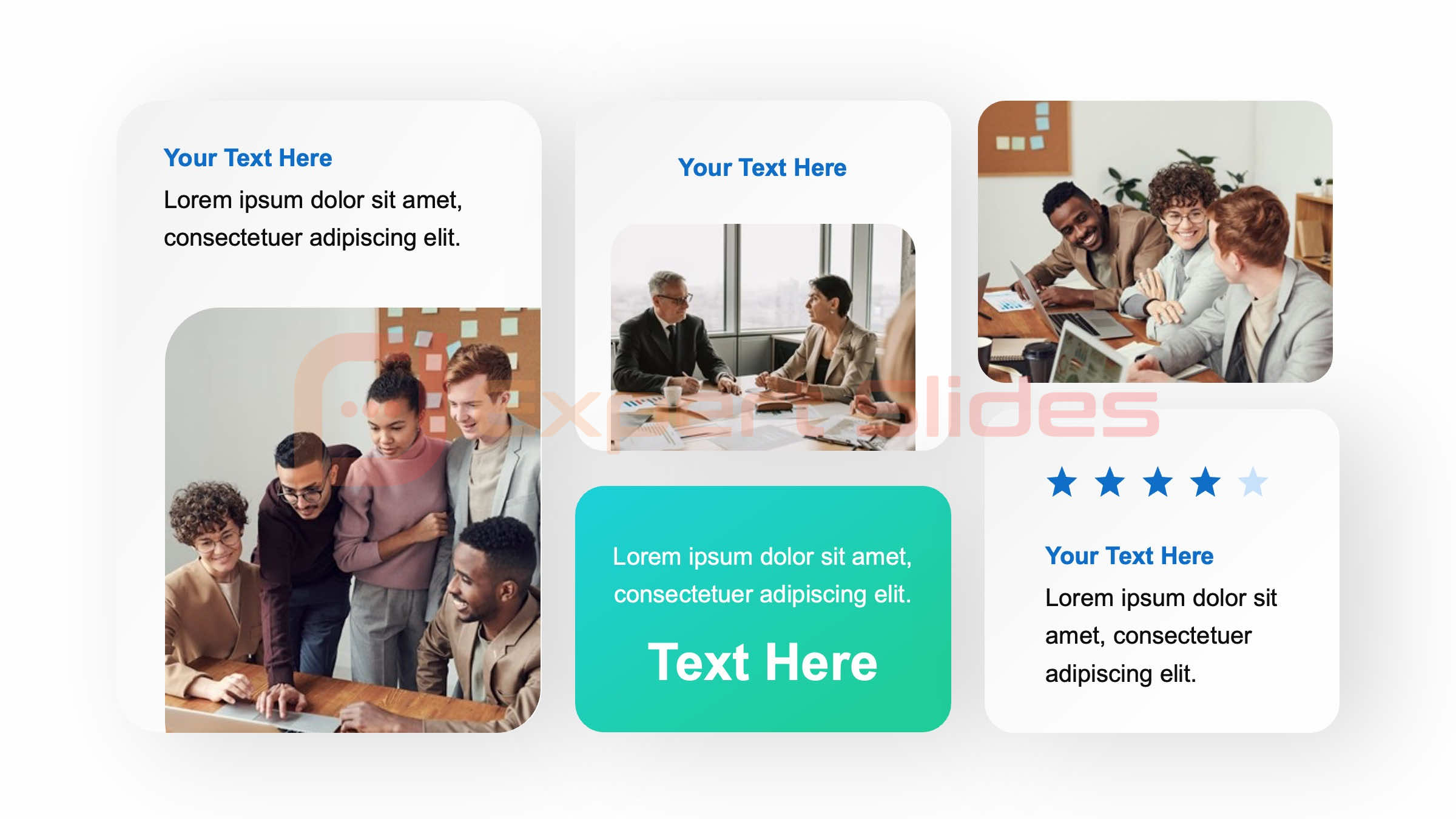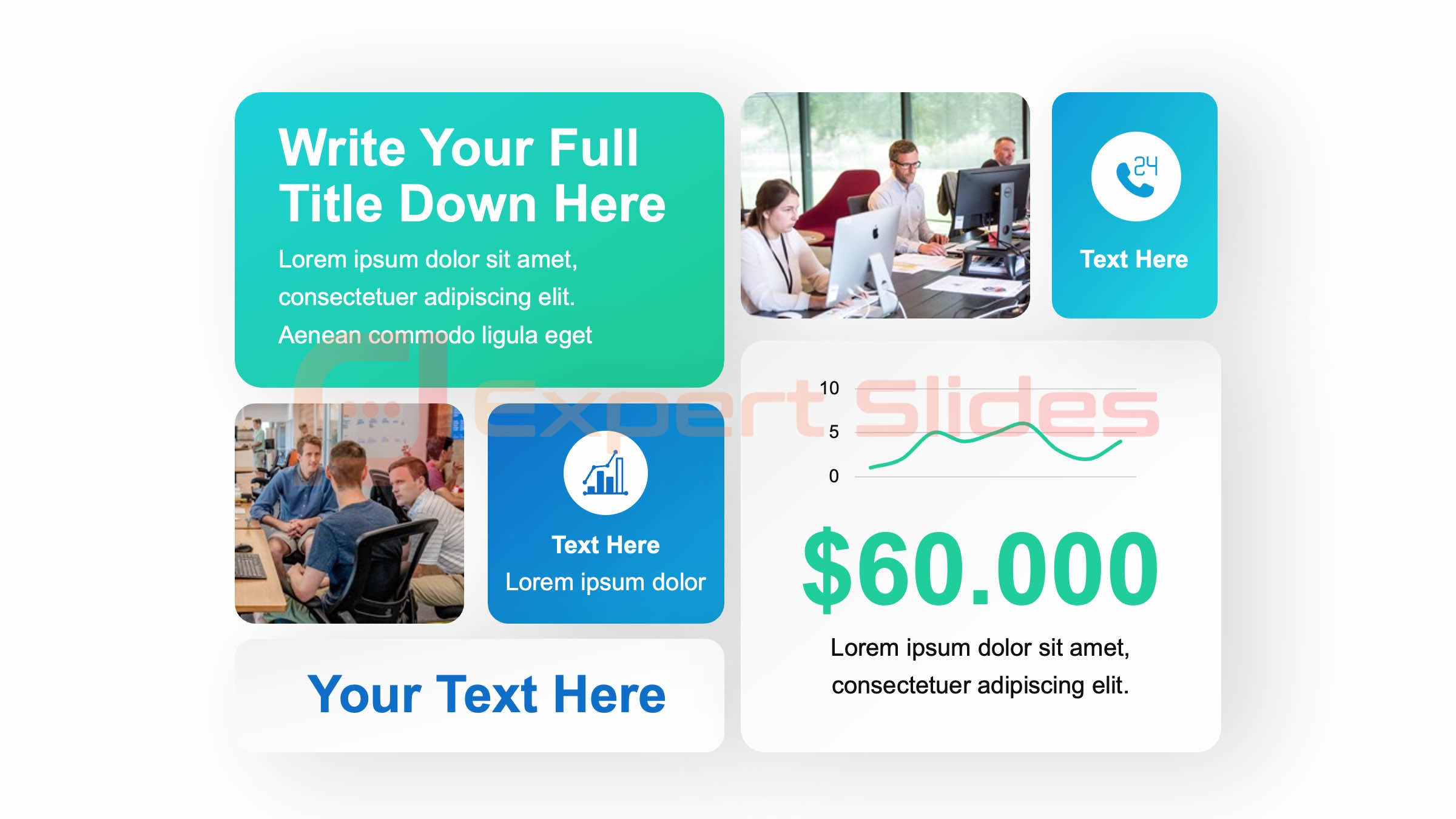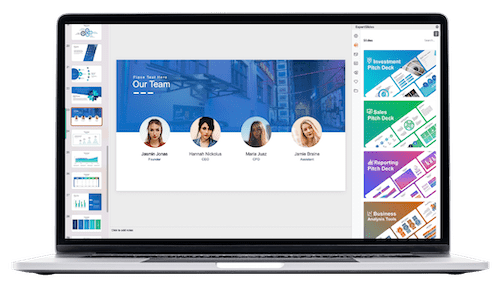Design Portfolio Presentation – Unleash Your Creativity
Table of Contents
In the competitive world of design, having a strong portfolio is essential for showcasing your creativity and skills to potential clients or employers. A well-crafted design portfolio not only demonstrates your abilities but also reflects your unique style and personality as a designer. Whether you are a graphic designer, web designer, or interior designer, your portfolio is a powerful tool for making a lasting impression and standing out from the crowd.
In this article, we will explore the importance of a strong design portfolio, provide tips for creating a standout portfolio, and discuss how to present your portfolio with confidence and professionalism.
Key Takeaways
- A strong design portfolio is crucial for showcasing your creativity and skills to potential clients or employers.
- Tips for creating a standout design portfolio include selecting your best work, organizing it effectively, and incorporating personal branding.
- Choosing the right format for your design portfolio presentation can make a big difference in how your work is perceived.
- Incorporating personal branding into your design portfolio can help you stand out and leave a lasting impression.
- Using technology to enhance your design portfolio presentation can help you create a dynamic and engaging showcase of your work.
The Importance of a Strong Design Portfolio
 A strong design portfolio is crucial for establishing your credibility and expertise as a designer. It serves as a visual representation of your skills, experience, and creative vision, allowing potential clients or employers to assess your capabilities and suitability for their projects. A well-curated portfolio not only showcases your best work but also tells a compelling story about your design journey and the unique value you bring to the table.
A strong design portfolio is crucial for establishing your credibility and expertise as a designer. It serves as a visual representation of your skills, experience, and creative vision, allowing potential clients or employers to assess your capabilities and suitability for their projects. A well-curated portfolio not only showcases your best work but also tells a compelling story about your design journey and the unique value you bring to the table.
In today’s digital age, where first impressions are often made online, a strong design portfolio can make all the difference in capturing the attention of your target audience and securing new opportunities. Furthermore, a strong design portfolio can help you differentiate yourself from other designers and position yourself as a thought leader in your field. By showcasing a diverse range of projects that highlight your versatility and innovation, you can demonstrate your ability to tackle various design challenges and deliver exceptional results.
Additionally, a well-organized and visually appealing portfolio can leave a lasting impression on potential clients or employers, making them more likely to remember you and consider you for future projects. Ultimately, a strong design portfolio is an invaluable tool for building your professional reputation and opening doors to new opportunities in the design industry.
Tips for Creating a Standout Design Portfolio
Creating a standout design portfolio requires careful planning, curation, and attention to detail. To make your portfolio stand out from the competition, consider the following tips: First, focus on quality over quantity by including only your best and most relevant work in your portfolio. Select projects that showcase your skills, creativity, and ability to solve design problems effectively.
Second, organize your portfolio in a clear and logical manner, making it easy for viewers to navigate and understand the context of each project. Consider categorizing your work by type of design (e.g., branding, web design, illustration) or by industry (e.g., fashion, hospitality, technology) to help viewers find what they are looking for quickly. Third, pay attention to the presentation of your work by using high-quality images and visuals that accurately represent the details and nuances of each project.
Consider including before-and-after images, sketches, process work, and mockups to provide insight into your design process and demonstrate the depth of your skills. Fourth, consider adding a personal statement or bio that introduces yourself, your design philosophy, and what sets you apart as a designer. This can help viewers connect with you on a personal level and understand the passion and thought behind your work.
Fifth, seek feedback from peers, mentors, or industry professionals to gain valuable insights and improve the quality of your portfolio. Constructive criticism can help you refine your portfolio and make it more compelling and impactful. By following these tips, you can create a standout design portfolio that effectively showcases your creativity, skills, and personality as a designer.
Showcasing Your Creativity in Your Design Portfolio
| Metrics | Value |
|---|---|
| Number of Projects | 10 |
| Portfolio Views | 500 |
| Client Satisfaction Rate | 95% |
| Projects Completed on Time | 100% |
Your design portfolio is an opportunity to showcase your creativity and demonstrate your ability to think outside the box. To make your portfolio stand out, consider incorporating unique and innovative projects that highlight your creative vision and problem-solving skills. Whether it’s experimenting with new techniques, exploring unconventional concepts, or pushing the boundaries of traditional design norms, showcasing your creativity can set you apart from other designers and leave a lasting impression on viewers.
One way to showcase your creativity in your portfolio is by including passion projects or personal work that reflects your interests and artistic sensibilities. These projects can demonstrate your ability to self-initiate ideas, explore new mediums, and express your unique style without the constraints of client briefs or commercial considerations. By including personal projects in your portfolio, you can show potential clients or employers the depth of your creativity and the range of possibilities you can bring to their projects.
Additionally, consider including case studies or project descriptions that provide insight into your creative process, problem-solving approach, and the unique challenges you faced in each project. By sharing the story behind each project, you can give viewers a glimpse into your creative thinking and the thought process that drives your design decisions. This can help them appreciate the depth of your creativity and understand the value you bring as a designer.
Ultimately, showcasing your creativity in your design portfolio is about demonstrating your ability to innovate, think critically, and bring fresh perspectives to design challenges. By highlighting projects that reflect your creative prowess and sharing the stories behind them, you can make a compelling case for why clients or employers should choose you for their next design project.
Choosing the Right Format for Your Design Portfolio Presentation
 When it comes to presenting your design portfolio, choosing the right format is crucial for making a strong impression and effectively showcasing your work. Whether you opt for a physical portfolio, a digital portfolio website, or a combination of both, each format has its own advantages and considerations that can impact how your work is perceived by viewers. A physical portfolio offers a tactile and immersive experience that allows viewers to engage with your work in a tangible way.
When it comes to presenting your design portfolio, choosing the right format is crucial for making a strong impression and effectively showcasing your work. Whether you opt for a physical portfolio, a digital portfolio website, or a combination of both, each format has its own advantages and considerations that can impact how your work is perceived by viewers. A physical portfolio offers a tactile and immersive experience that allows viewers to engage with your work in a tangible way.
It can be particularly effective for showcasing print-based designs such as branding collateral, packaging, or editorial layouts. A well-crafted physical portfolio can leave a lasting impression on potential clients or employers and demonstrate attention to detail in its presentation. However, physical portfolios may be limited in terms of scalability and accessibility, especially when targeting a global audience or when presenting to multiple people at once.
On the other hand, a digital portfolio website offers flexibility, interactivity, and reach that physical portfolios may not provide. With a digital portfolio, you can showcase a wider range of projects, include multimedia elements such as videos or animations, and update your work easily as new projects are completed. Additionally, digital portfolios can be easily shared with a global audience through email, social media, or online platforms, making it convenient for reaching potential clients or employers across different locations.
Ultimately, the right format for your design portfolio presentation depends on factors such as the nature of your work, the preferences of your target audience, and the context in which you will be presenting your portfolio. Consider the strengths and limitations of each format and choose one that best aligns with your goals for showcasing your work effectively.
Incorporating Personal Branding into Your Design Portfolio
In today’s competitive design industry, personal branding plays a crucial role in shaping how designers are perceived by their target audience. Your design portfolio is an opportunity to not only showcase your work but also communicate your personal brand identity and values as a designer. By incorporating personal branding elements into your portfolio presentation, you can create a cohesive and memorable experience that resonates with potential clients or employers.
One way to incorporate personal branding into your design portfolio is by developing a visual identity that reflects your unique style and personality. This can include creating a logo, color palette, typography choices, and graphic elements that are consistent with your personal brand aesthetic. By applying these visual elements consistently throughout your portfolio presentation, you can reinforce brand recognition and create a cohesive visual experience that reflects your professional identity.
Additionally, consider crafting a compelling narrative that communicates your brand story, values, and what sets you apart as a designer. This can be achieved through a personal statement or bio that introduces yourself in an authentic and engaging way. By sharing insights into your design philosophy, inspirations, and aspirations as a designer, you can connect with viewers on a personal level and leave a lasting impression that goes beyond just showcasing your work.
Furthermore, consider leveraging social media platforms or online channels to extend the reach of your personal brand beyond your portfolio presentation. By maintaining an active presence on platforms such as Instagram, Behance, or LinkedIn, you can further reinforce your personal brand identity and engage with potential clients or employers in meaningful ways. Ultimately, incorporating personal branding into your design portfolio is about creating a cohesive and memorable experience that communicates who you are as a designer and what you stand for.
By infusing visual identity elements, crafting a compelling narrative, and extending your brand presence online, you can create a powerful impression that resonates with viewers long after they have viewed your portfolio.
Using Technology to Enhance Your Design Portfolio Presentation
Technology has revolutionized the way designers present their work to potential clients or employers. With digital tools and platforms at our disposal, designers now have the ability to create immersive and interactive portfolio presentations that go beyond traditional static formats. By leveraging technology effectively in their portfolio presentations, designers can enhance the impact of their work and create memorable experiences that captivate viewers.
One way to use technology to enhance your design portfolio presentation is by creating an interactive digital portfolio website that allows viewers to engage with your work in dynamic ways. This can include features such as image galleries with zoom functionality, interactive sliders for before-and-after comparisons, embedded videos or animations that showcase motion graphics or interactive prototypes of web or app designs. By incorporating these interactive elements into your digital portfolio website, you can create an engaging experience that brings your work to life in ways that static images alone cannot achieve.
Additionally, consider using digital tools such as presentation software or design software to create visually compelling slideshows or presentations that showcase your work effectively. These tools offer flexibility in terms of layout design, animation effects, and multimedia integration that can elevate the visual impact of your portfolio presentation. Furthermore, consider leveraging emerging technologies such as virtual reality (VR) or augmented reality (AR) to create immersive experiences that allow viewers to explore your work in three-dimensional spaces or interact with digital overlays that provide additional context or information about each project.
Ultimately, using technology to enhance your design portfolio presentation is about leveraging digital tools and platforms creatively to create impactful experiences that captivate viewers and leave a lasting impression. By embracing interactive elements, dynamic visuals, and emerging technologies in their portfolio presentations, designers can elevate the impact of their work and stand out in an increasingly competitive landscape.
Presenting Your Design Portfolio with Confidence and Professionalism
Presenting your design portfolio with confidence and professionalism is essential for making a strong impression on potential clients or employers. Whether you are showcasing your work in person at a client meeting or interview or presenting it online through a digital platform or email attachment, how you present yourself and communicate about your work can significantly impact how it is perceived by others. Firstly, prepare thoroughly before presenting your portfolio by rehearsing what you will say about each project and anticipating potential questions or feedback from viewers.
This will help you feel more confident during the presentation and ensure that you are able to articulate the value of each project effectively. Secondly, be mindful of non-verbal communication such as body language, eye contact, and tone of voice when presenting your portfolio in person. These cues can convey confidence and professionalism while engaging with viewers during the presentation.
Thirdly, be open to feedback and questions from viewers during the presentation by listening attentively and responding thoughtfully. This demonstrates humility and openness to constructive criticism while allowing viewers to engage with you in meaningful conversations about your work. Fourthly, follow up after the presentation with a thank-you note or email expressing gratitude for the opportunity to present your portfolio.
This gesture shows professionalism and appreciation for the time and attention given by viewers during the presentation. Ultimately presenting your design portfolio with confidence and professionalism is about demonstrating respect for viewers’ time while showcasing yourself as an articulate professional who is passionate about their work. By preparing thoroughly engaging confidently being open to feedback following up thoughtfully designers can make lasting impressions during their portfolio presentations that lead to new opportunities in their careers.
In conclusion creating an effective design portfolio requires careful planning curation attention to detail showcasing creativity choosing the right format incorporating personal branding using technology effectively presenting with confidence professionalism by following these guidelines designers can unleash their creativity through their portfolios making compelling impressions on potential clients employers in the competitive world of design.
FAQs
What is a design portfolio presentation?
A design portfolio presentation is a showcase of a designer’s work, including projects, designs, and creative work samples. It is used to demonstrate the designer’s skills, creativity, and expertise to potential clients or employers.
Why is a design portfolio presentation important?
A design portfolio presentation is important because it allows designers to showcase their work in a professional and organized manner. It helps them to demonstrate their skills, creativity, and expertise to potential clients or employers, and can be a key factor in securing new projects or job opportunities.
What should be included in a design portfolio presentation?
A design portfolio presentation should include a variety of work samples, such as projects, designs, sketches, and any other creative work that demonstrates the designer’s skills and expertise. It should also include a brief introduction, contact information, and any relevant background information about the designer.
How can designers unleash their creativity in a portfolio presentation?
Designers can unleash their creativity in a portfolio presentation by using innovative and visually appealing presentation techniques, such as using multimedia, interactive elements, and storytelling to showcase their work. They can also experiment with different layouts, formats, and design elements to make their portfolio stand out.
What are some tips for creating an effective design portfolio presentation?
Some tips for creating an effective design portfolio presentation include organizing work samples in a clear and cohesive manner, tailoring the presentation to the target audience, using high-quality images and visuals, and keeping the overall design clean and professional. It’s also important to practice and rehearse the presentation to ensure a confident and engaging delivery.
Get 15+ Mio. PowerPoint Assets - FREE SIGN-UP

Sign up for free to our PowerPoint extension, ExpertSlides. Everything you need, directly in PowerPoint. No credit card required.
Related Posts
Recent Posts
Main Menu
Knowledge base
Useful Links






